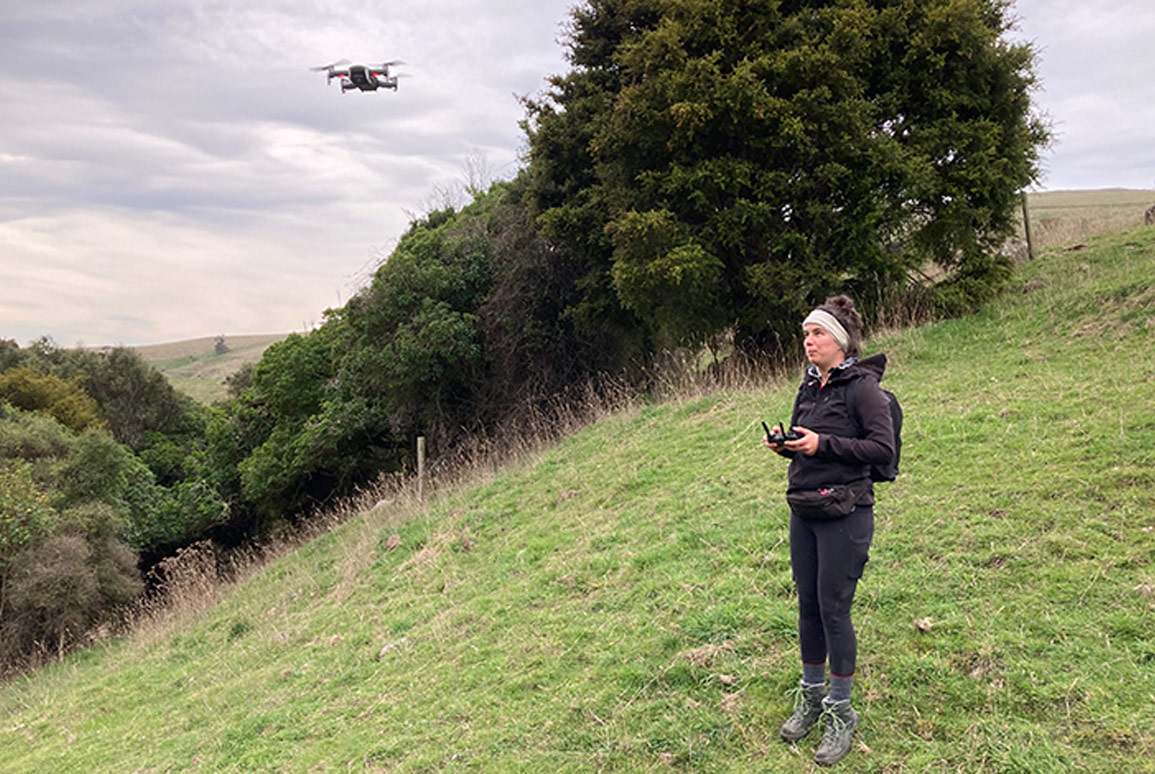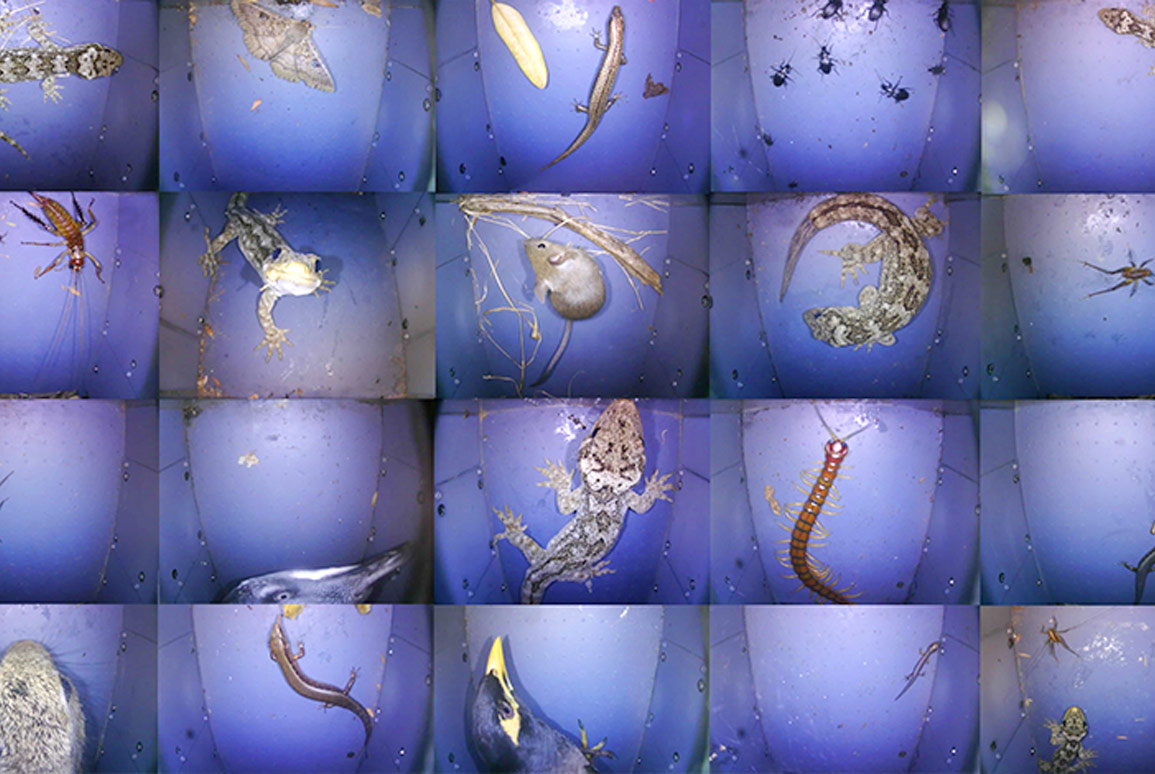Generation E: How technological innovations are changing the face of ecology
27 July 2020
Technology has come to take a front seat in our everyday activities. Each year, it seems, a new gadget hits the market, ready to change our lives for the better. In ecology, the story is much the same with technology evolving at an exponential rate and rapidly changing the way in which we collect and analyse data.


Always reliable, a pencil and notebook, perhaps a camera and map and some sort of identification guidebook are the go-to items in an ecologist’s field kit. But increasingly our team is reaching for something more technologically advanced.
The advent of technologies such as tracking devices, aerial imagery and infrared cameras have revolutionised our ability to understand the world around us in an efficient and effective way. Apps are quickly taking the place of the humble notebook and pencil; and data once meticulously accounted for on paper can be directly digitised. iPads are common companions for our ecologists, who use apps such as ArcGIS Collector, Fulcrum and Survey123 for recording data, as well as being able to quickly access online databases to identify the plants at our feet.
Technology can help us hear and see beyond human means – a huge advantage when nature’s colours and sounds often need superhuman abilities to detect.
For example, infrared imagery gathered by drone has allowed our biosecurity team to closely track the mortality rates of sprayed wilding conifers. Within a year of treatment, dead or dying trees produce a different signature to those still alive – previously, the team wouldn’t know if a control operation was successful until two or three years after the treatment had taken place. Control programmes can now be greatly refined to target only those areas needing further spraying.
The challenge of spotting hard-to-find creatures has become easier with the development of innovative camera technology, such as CritterPic – a novel camera system which takes up-close photos of small animal species. CritterPic is perfect for detecting cryptic lizard species — although any animal or insect that crawls into the device will be photographed. It is also able to send images in real-time to users and has huge potential for the use of AI (artificial intelligence) classification. Technology which can be left in place for long periods of time to monitor for species enables large cost-efficiencies as well as an improved probability of detection.
Sound waves have also become an integral part of detecting cryptic species. Sound signatures for bats and birds can be used to identify not only the species, but how many individuals may have been in the recording area. Artificial intelligence (AI) should soon do a lot of the hard work for us too. AI will be critical in reducing the time-consuming stage of deciphering a bat call from a gust of wind.
Having an eye in the sky can change the way we undertake our surveys too, with aerial imagery giving us insights into the lay of the land, as well as comparisons with historic photos showing us how things have changed. [Drones are used frequently by both the ecology and biosecurity teams], giving us a bird’s eye view of the extent of weeds in a lake or a different perspective of a hard-to-access wetland, leading us more quickly to figure out what sort of problems we’re looking at, or where the special parts lie.
Innovative technological solutions aren’t limited to surveying plants and animals either: technology for conservation management purposes has recently taken the stage. In our last issue of EQ, we showcased the use of 3D printed red-billed gull decoys to lure the At Risk – Declining species into newly created habitat.
Technological developments in the pest-control division have also been moving at a fast rate, with New Zealand’s Predator-Free 2050 goal being the driving force. Long-life and target-specific pest control tools have been a focus of research by Boffa Miskell biosecurity consultants Dr Helen Blackie and Dr Lee Shapiro, whose projects recently received a funding boost from Predator Free 2050 Ltd through the Provincial Growth Fund. Their projects – an automatic lure dispenser, new long-life attractants and a rat-specific poison – are amongst a longer list of biosecurity and monitoring tools Boffa Miskell has been involved in developing. Other new technologies being driven through collaborative projects include the new automatic, species-specific pest-control devices, a new remote communications system, and the [PAWS automated pest-tracking tunnels] (replacing the need to manually analyse inky footprints) for rodent, mustelid and possum control. These new tools will play a key role in helping us achieve the Predator Free 2050 vision, making pest control safer and more efficient.
It seems there’s a technological way to do just about anything in the ecology and biosecurity world nowadays. Nevertheless, the tried and true pencil and notebook will remain in our field kit, for those days when the fancy contraptions don’t quite cut it – so while it might be “in with the new”, we’re a little reluctant to say “out with the old” just yet.

